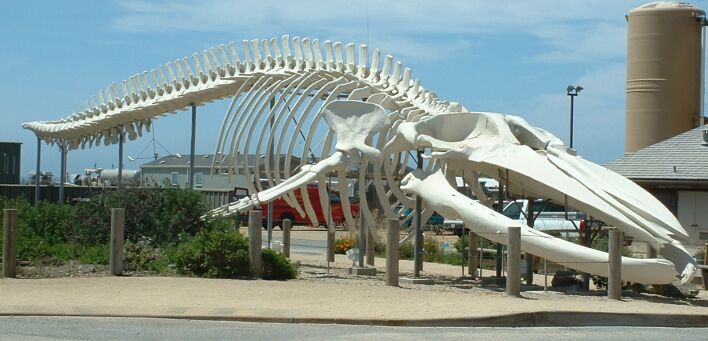
Photo credit: Bronwen Lea
Here I thought that reading the section on bones in the Encyclopedia of Marine Mammals would bore me to tears. And well let’s just be honest, some of it was definitely sleep inducing. Until I came to the part about “two very different trends in bone architecture and histology.”
OK, stay with me now, I know those last two terms may have caused you to drift off. But get this, deep-diving marine mammals have bones that are less dense than the average land mammal.
Less dense bones help deep divers maintain buoyancy. During deep dives, marine mammals overcome buoyancy by collapsing their lungs. And while hanging out at the surface, their light bones allow them to float without using much energy. Pretty cool. This lighter bone structure is common in many dolphins and large baleen whales.
On the other hand, shallow divers have mega dense bones to overcome buoyancy while diving, which are denser than most land mammals. Marine mammals using this strategy include manatees, walruses and some seals.
Scientists studied bones of extinct marine mammals and noticed that less and more dense bones have evolved independently several times in different groups of marine mammals. It appears that great minds do think alike.
Leave a Reply